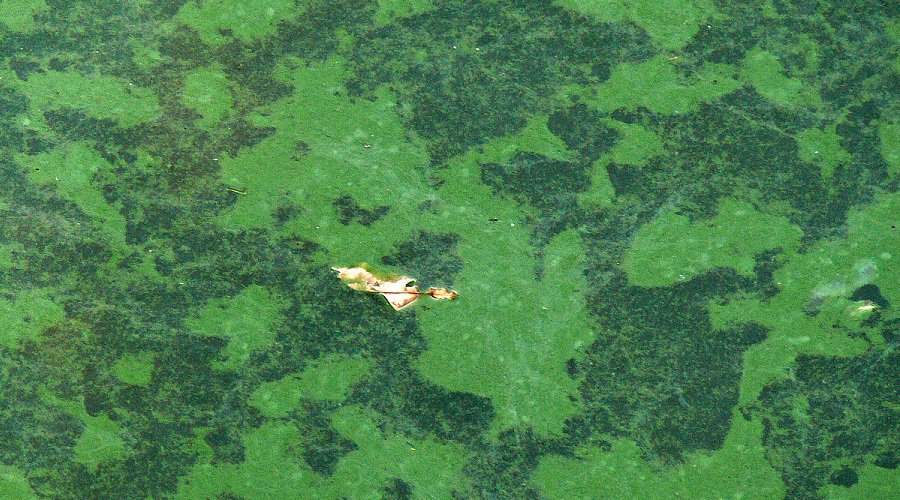
A team of German researchers has found that the biomass of some exotic photosynthetic cyanobacteria can efficiently absorb rare earth elements from wastewater.
In a paper published in the journal Frontiers in Bioengineering and Biotechnology, the scientists say that ideal wastewaters for this purpose are those derived from mining, metallurgy, or the recycling of e-waste. The absorbed REEs can afterwards be washed from the biomass and collected for reuse.
“Here we optimized the conditions of REE uptake by the cyanobacterial biomass and characterized the most important chemical mechanisms for binding them. These cyanobacteria could be used in future eco-friendly processes for simultaneous REE recovery and treatment of industrial wastewater,” Thomas Brück, a professor at the Technical University of Munich and the study’s last author, said in a media statement.
Brück explained that biosorption is a metabolically passive process for the fast, reversible binding of ions from aqueous solutions to biomass.
He and colleagues measured the potential for biosorption of the REEs lanthanum, cerium, neodymium, and terbium by 12 strains of cyanobacteria in laboratory culture. Most of these strains had never been assessed for their biotechnological potential before. They were sampled from highly specialized habitats such as arid soils in Namibian deserts, the surface of lichens around the world, natron lakes in Chad, crevices in rocks in South Africa, or polluted brooks in Switzerland.
The authors found that an uncharacterized new species of Nostoc had the highest capacity for biosorption of ions of these four REEs from aqueous solutions, with efficiencies between 84.2 and 91.5 mg per g biomass, while Scytonema hyalinum had the lowest efficiency at 15.5 to 21.2 mg per g. Also efficient were Synechococcus elongates, Desmonostoc muscorum, Calothrix brevissima, and an uncharacterized new species of Komarekiella.
Biosorption was found to depend strongly on acidity: it was highest at a pH of between five and six and decreased steadily in more acid solutions. The process was most efficient when there was no “competition” for the biosorption surface on the cyanobacteria biomass from positive ions of other, non-REE metals such as zinc, lead, nickel, or aluminum.
Fast process
The authors used a technique called infrared spectroscopy to determine which functional chemical groups in the biomass were mostly responsible for the biosorption of REEs.
“We found that biomass derived from cyanobacteria has excellent adsorption characteristics due to their high concentration of negatively charged sugar moieties, which carry carbonyl and carboxyl groups. These negatively charged components attract positively charged metal ions such as REEs, and support their attachment to the biomass,” Michael Paper, first author of the study, said.
Brück, Paper and their colleagues concluded that biosorption of REEs by cyanobacteria is possible even at low concentrations of the metals. The process is also fast: for example, most cerium in solution was biosorbed within five minutes of starting the reaction.
“The cyanobacteria described here can adsorb amounts of REEs corresponding to up to 10% of their dry matter. Biosorption, thus, presents an economically and ecologically optimized process for the circular recovery and reuse of rare earth metals from diluted industrial wastewater from the mining, electronic, and chemical-catalyst-producing sectors,” Brück said.
In his view, this system is expected to become economically feasible in the near future, as the demand and market prices for REEs are likely to rise significantly in the coming years.
Rare earths are key ingredients of light-emitting diodes, mobile phones, electromotors, wind turbines, hard disks, cameras, magnets and low-energy lightbulbs. However, as a result of their rarity and the demand, they are expensive. For example, a kilo of neodymium oxide currently costs approximately €200, while the same amount of terbium oxide costs approximately €3,800.
Today, China has a near-monopoly on the mining of REEs.
























